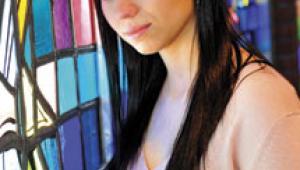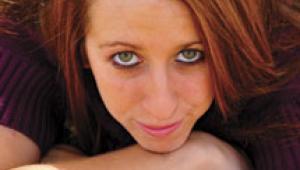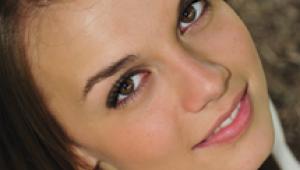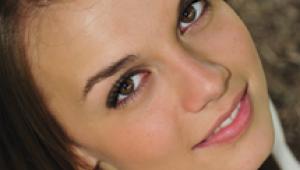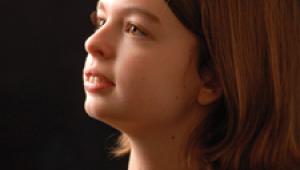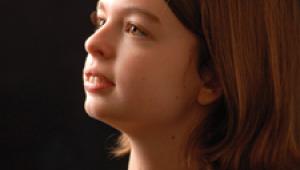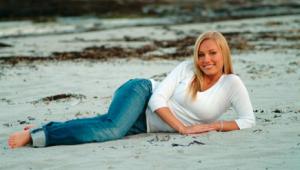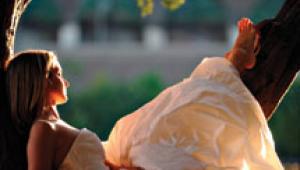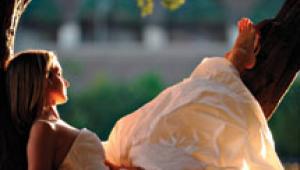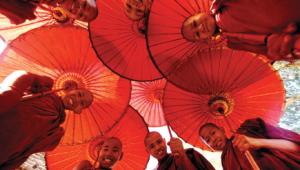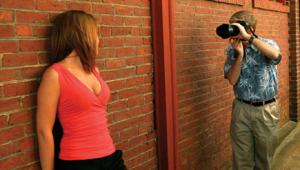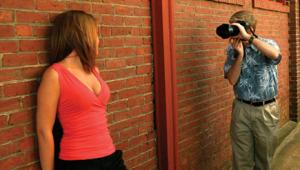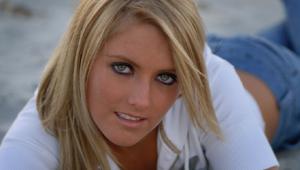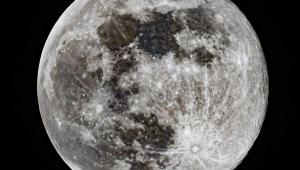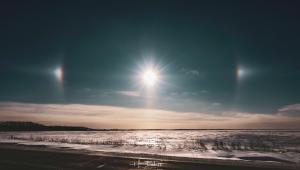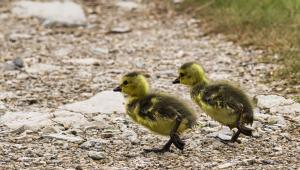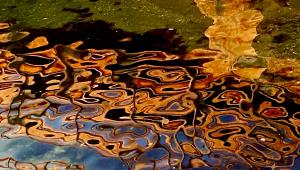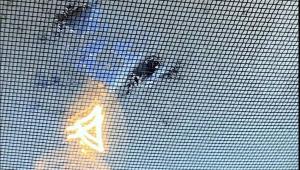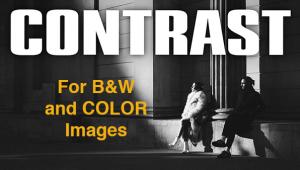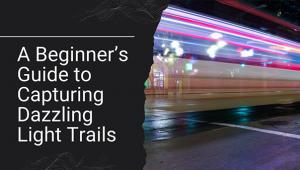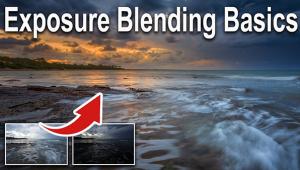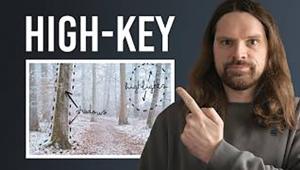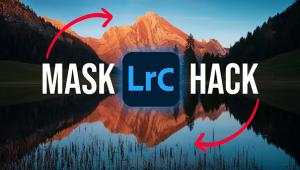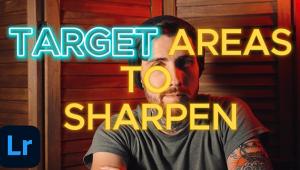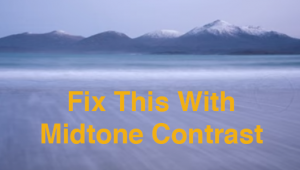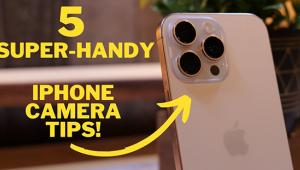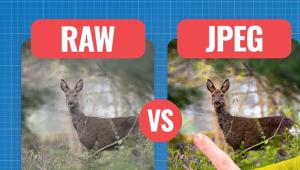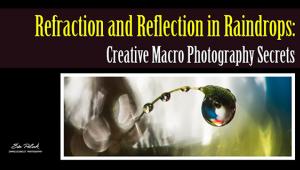Reasons Digital Rules For Group Portraits
Photo © 2004, Steve Bedell, All Rights Reserved
The Doucet Family
This photo of the David Doucet family is a good example of why I prefer digital
capture and retouching for my group images. The boy only stayed in this position
for a few images, then we had to sit him on mom. I liked this composition much
better so this is the "base" image I started with. While the boy's
head is original, the three others have all been "switched" for
the best expression. All faces were then retouched, along with a few stray hairs.
Retouching stray hair before was an expensive proposition but now is just a
few clicks of the mouse. After I was satisfied with the retouching, I burned
in the corners for a finished, vignetted look. Note that when you switch heads
the lighting must remain consistent or it will not match the others.
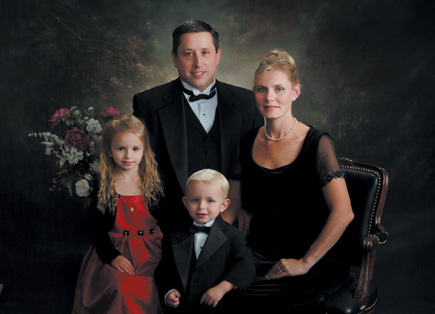
I 'm going to make a confession right now: I think you can get better quality with a medium format camera and film than you can with most current pro digicam SLRs. Having said that, I'm going to tell you why, even though my medium format film cameras are starting to collect dust, I prefer to use digital.
I can take more pictures. It's a fact. I don't care how many pictures I take using digital. Many family groups I take have young children, and even though I bark like a dog, blow bubbles, and fall all over myself, there are many times when I've only taken a couple of good captures of the smallest kids. So where I might only take 15 shots of a group with film, I'll take twice that and more with digital. It's much more likely that I'll have a good group where not only little Johnny looks good, but so does everybody else!
Immediate viewing. My group posing has improved tremendously since I started shooting digitally. Why? Because I can see the image at once on the LCD screen and study it. I can see if mom needs to move a little to the left; if dad's blocking the light on Johnny; if little Mary should have a height boost with a pillow. And I can of course run a histogram at the same time to make sure all the values are where I want them to be. No matter how long you've been doing this, having that "Polaroid" to look at to help you judge pose, lighting, and exposure will improve your images.
Cost. Technically the next two items could be accomplished by scanning the negative and then doing the work on it, but by then, you've already missed out on the reasons listed earlier. Not only that, I don't have a high-res negative scanner and I live in a small town, which means I'd have to send it to my lab and wait a few days. Let's say the family ordered from four poses. At $10 each for the scans, plus film and proof costs, by shooting digitally you've probably saved about $75. If you let your lab do the retouching on film, you save scanning costs but are still quite limited to basic retouching unless you want to pay high lab fees to get it done. Either way, digital comes out way ahead in terms of speed, convenience, and cost.
Retouching. This is huge. When I did family groups with film, the small head
sizes were almost impossible to retouch. The area under people's eyes
looked like a chicken had walked across their face and left scratch marks. Basic
retouching is so much smoother thanks to Photoshop and the Clone and Healing
Brush tools. And now we can really create a custom image. No need for a vignette,
we can dodge and burn the image to get exactly the effect we want. We can go
way beyond that even. Make that smaller eye match the larger one. Enhance mom's
waistline. Swap Johnny's head, the only good one you've taken, into
that fine group of everyone else. You can even give dad a haircut, if need be.
Just a word of caution here though. Make sure you either charge extra for all
this work or your fees are structured to include it. I know too many photographers
who spend day and night hunched over computer screens, making sure every last
detail is perfect.
Repeatability. Ansel Adams would have loved digital. He said something like,
"The negative is the score, the print is the performance." The trouble
is, he and his assistants would have to labor over each print on a one-to-one
basis to make sure it closely matched the previous run. With digital, no matter
how much work you do on an image, once you have it to your liking, you can crank
out three or 3000 identical images and only do the "artwork" once.
Even lowly portrait photographers like myself find this a godsend, since prior
to digital retouching and manipulation, many print corrections had to be applied
to each individual print, adding time and great expense to the finished product.
I've given you the reasons why digital works for me with group portraits,
so take a look at your workflow and procedures for handling groups and see if
it works for you.
- Log in or register to post comments
